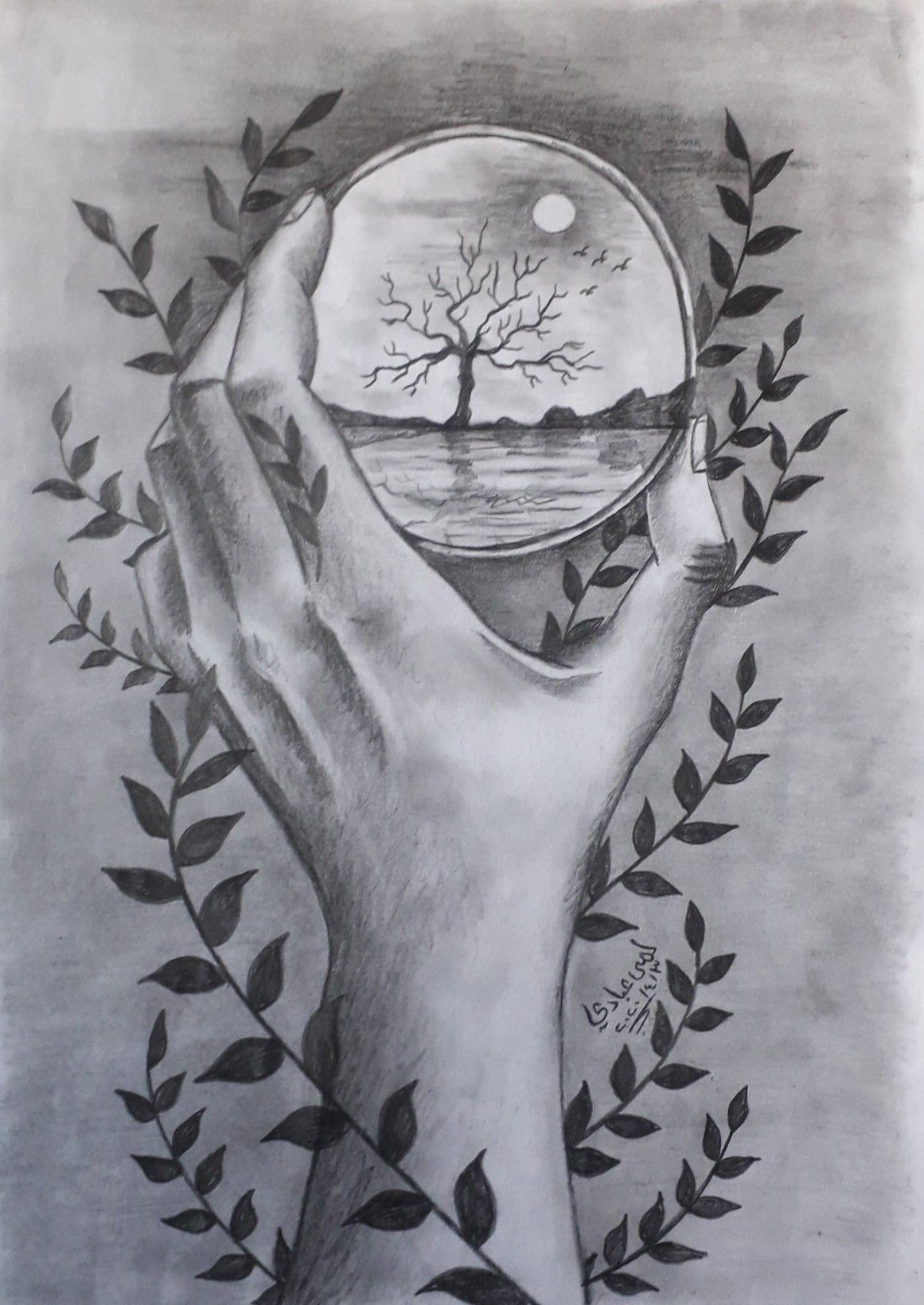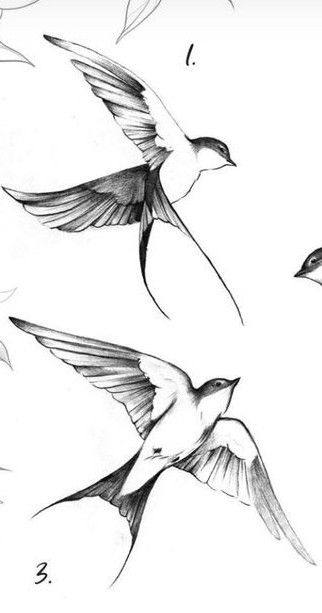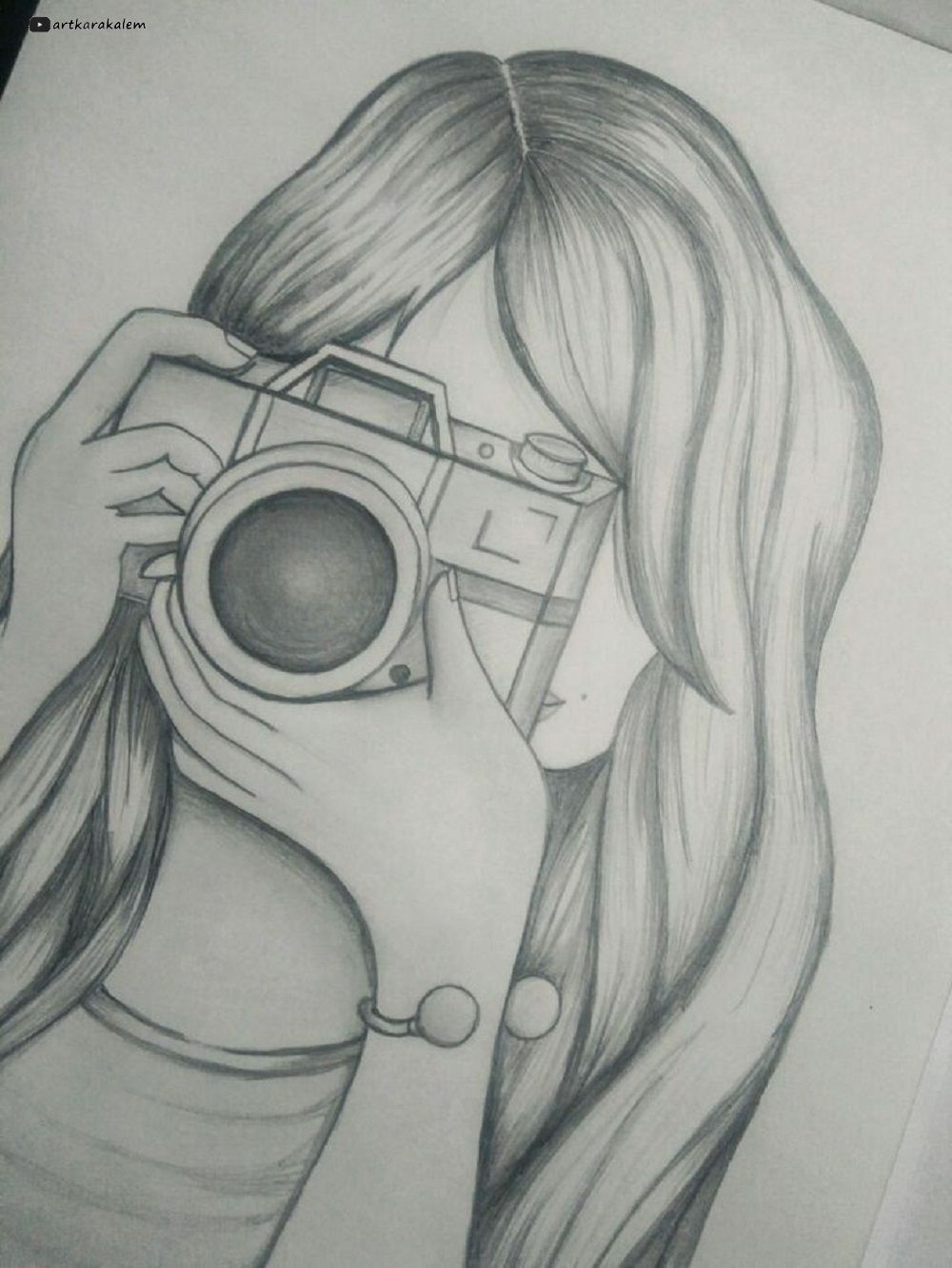Introduction: Sketching is a wonderful way to express your creativity and bring your imagination to life. Whether you're a beginner or an experienced artist, starting a sketching journey can be both exciting and fulfilling. In this article, we will outline nine essential steps to help you embark on your sketching adventure.

- Gather Your Materials: To begin sketching, you'll need a few basic supplies. Invest in a sketchbook, preferably one with heavyweight paper to handle various mediums. Get a range of graphite pencils, erasers, sharpeners, and consider adding colored pencils or markers if you want to explore different techniques.
- Observe and Study: Before you put pencil to paper, take time to observe the world around you. Study shapes, lines, textures, and light and shadow. Analyze the work of skilled artists and immerse yourself in art books, online tutorials, or workshops to expand your knowledge and develop an understanding of various styles and techniques.
- Start with Simple Subjects: Begin with simple objects or subjects that interest you. It could be a flower, a fruit, or any everyday object. Start by observing and sketching their basic shapes. This practice will help you develop your observation skills and improve your ability to capture proportions accurately.
- Master Basic Techniques: Familiarize yourself with fundamental sketching techniques, such as contour lines, shading, and cross-hatching. Experiment with different pencil strokes and shading techniques to create depth and texture in your sketches. Practice regularly to refine your skills and build confidence.
- Embrace Mistakes: Mistakes are an integral part of the learning process. Don't be discouraged by them; instead, embrace them as opportunities to grow. Learn from your errors, make adjustments, and keep practicing. Remember, sketching is about self-expression and enjoying the journey rather than striving for perfection.
- Explore Different Perspectives: Challenge yourself by exploring different perspectives. Experiment with different angles, viewpoints, and compositions to add dynamism to your sketches. This experimentation will enhance your understanding of space and depth, making your drawings more captivating.
- Incorporate Value and Contrast: Learn to play with light and dark tones to add depth and dimension to your sketches. Practice creating gradients and contrasting values to give your drawings a three-dimensional appearance. Mastering this skill will bring life and realism to your artwork.
- Sketch from Life: While referencing photographs can be helpful, try to sketch from life as much as possible. Observing and sketching real-life subjects will improve your ability to capture details accurately, understand lighting, and infuse your artwork with a sense of authenticity.
- Share and Seek Feedback: Once you feel confident in your sketches, don't hesitate to share them with others. Join art communities, attend local art events, or connect with fellow artists online. Seek constructive feedback and learn from experienced artists who can provide valuable insights and guidance to further enhance your skills

Conclusion: Starting a sketching journey requires passion, practice, and patience. By following these nine steps, you'll lay a strong foundation for your artistic growth. Remember, sketching is a personal expression of your unique perspective, so embrace your creativity, enjoy the process, and let your imagination guide your pencil. Happy sketching! xample Text





